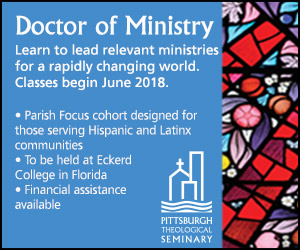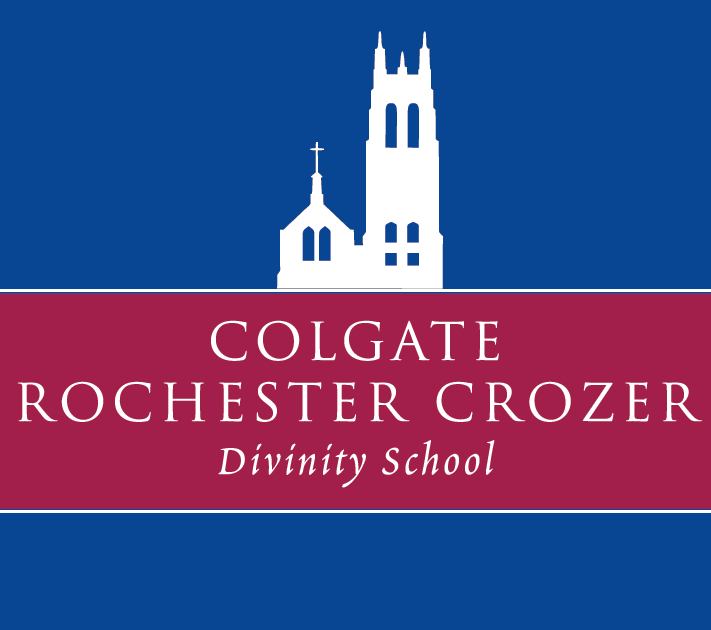By Kathryn Reklis
Best practices: During February, March, and April 2012, the New Media Project bloggers are looking intentionally at new media “best practices.” Join the conversation: What are the new media best practices in your church or organization? What are some other examples of how communities engage in new media well? Tell us in the comments below.
Last month, Pinterest surpassed other erstwhile competitors for social media traffic to become the third most used social media site, after Facebook and Twitter. Barely two years old and the site already beats out Google+, LinkedIn, and Tumblr.
For the uninitiated, Pinterest is a visual image-sharing site that allows users to capture any image or video on the web and “pin it” to a virtual board. For example, if you have a thing for shoes, or beautiful prints, or inspirational sayings, or someecards, you can create a Pinterest board for that interest. A board is simply a category to organize content. Then, anytime you are surfing the web and you see an image of an amazing pair of shoes, a beautiful fabric pattern, or a great ecard reposted on Facebook, you can snag it using your Pinterest plug-in, assign it a spot on one of your boards, and it will show up on your Pinterest page. Like other social media, you can follow other people’s boards and re-pin content you love from other boards.
I’ve started visiting Pinterest in the last few weeks and just started pinning things myself. Maybe it’s a honeymoon period, but I’m kind of in love. The most striking aspect of Pinterest is its visuality. It is all about images and very little about words. Sure, there are written captions below pins and users comment on each other’s pins. Some people even post mostly written content: images of inspirational sayings or stylishly laid-out text. The feel of the site, however, is visual (if you will allow a mixed metaphor). Which is also to say that Pinterest is more about mood and style than message and content.
It makes perfect sense to me that this would represent the next evolution in massively popular social media sharing. As we integrate our digital presence more thoroughly into our sense of self, platforms that allow us to share our overall “take” on life are bound to be as appealing, if not more so, than those that simply encourage us to broadcast facts about our life. Just like our friends and colleagues who interact with us in “real life” get to know our fashion sense, our sense of humor, and our different moods, so too a site like Pinterest creates space for these more ephemeral aspects of human personality and relationality to thrive in digital space. Not to mention, it taps into the creative “cannibalism” that is one of the best parts of digital culture—we ingest those images and ideas we encounter across the web and create something new out of our own combinations.
If you are just delving into the world of Facebook, it might seem intimidating to take on another platform. Aside from the fact that Pinterest integrates with Facebook, making it surprisingly easy to do both without too much extra work, I would also argue that Pinterest might be valuable starting point for the social media novice. Pinterest requires thinking about the overall “feel” of your church. What is the mood or style or culture of your church? You can get a sense for what I mean if you search the terms “Jesus” or “church” on Pinterest. In addition to the ironic or sarcastic, the wide range of images speaks to very different expressions of Christian faith. Figuring out what you’d pin on your “Jesus” board might tell you a lot about the presence you hope to be in the world and how you want to use social media to be present.
P.S. for some fantastic reflections on Pinterest and church, check out the New Media Project Diigo group and search “Pinterest.
Kathryn Reklis, a research fellow for the New Media Project, is the Executive Director of the Institute for Art, Religion, and Social Justice at Union Theological Seminary, and a Ph.D candidate in religious studies, concentrating in theology, at Yale University.
The New Media Project at Union Theological Seminary is a research project helping religious leaders become theologically savvy about technology.
Reposted with permission. Copyright 2012 New Media Project at Union Theological Seminary




















